Many investors are looking for companies actively developing AI solutions
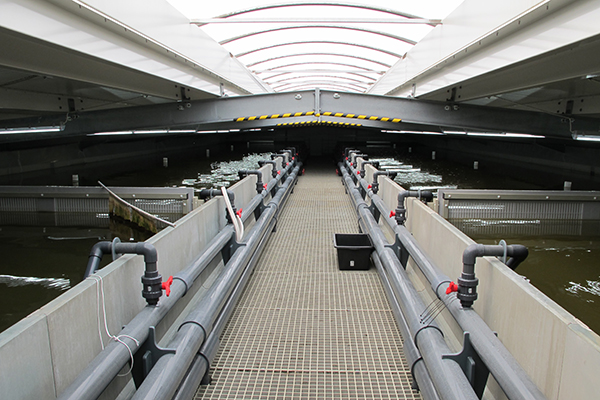
Most people would agree that having a structured and consistent approach to production is a key element of sustainability. Why do I think this? For the last 43 years I have been working with the international aquaculture community in a variety of capacities. My first jobs out of graduate school centered on developing vaccines and immunization of farmed fish. Knowing if a vaccine worked in the field, one had to know what was going on in the population. This was usually straightforward in that animals now survived when before they did not. The extent of the benefit was determined at harvest, although there were often clues beforehand.
Feed consumption was one clue, although this required monitoring, which could be challenging at best for animals that were not visible for much of their lifecycle. Typically, the farmer would calculate the biomass at harvest and then determine how efficient feed was being used by calculating the feed conversion ratio (FCR), a measure of the average amount of feed consumed by the surviving population. The size of the number was a clue as to what might be going on in the population but there was no way to know what was going on in any given individual.
Since 1991, I have been working largely with farmed shrimp. I have traveled extensively and spent many months in various countries observing, learning and teaching about various aspects of, among other things, sustainability. I noted that there was little, if any, consistency in the approach to farming shrimp between countries, and even among farmers who were neighbors. Chaos would be an apt word to describe it.
Data collection and analysis
In the early 1990s, with some VC money in hand, I developed and field tested what at the time we hoped would become the first commercial vaccine for shrimp. How could we measure success? Usually, as with the FCR example above, one looked at a treated population and contrasted it with a naïve population. Shrimp are bred in the millions, and this made any type of comparison prone to errors from any number of different aspects of the process. Much as with salmonids in net pens, for shrimp in ponds, the presence of an underlying animal health issue is generally not readily evident. I realized that there needed to be some way to collect population data in a manner that allowed for realistic decision-making.
In Ecuador, one of the farming groups that I worked with had developed a computer program (AP1) that was a positive step in the right direction. It allowed for data input and through correlative statistics, the program plotted a regression curve, the slope of which defined the profitability at the time of the observations. As the slope increased, profits did as well. When the slope leveled off there was no increase in profit and when the slope decreased the profits declined. This focused largely on estimates of survival based on population sampling and FCRs based on the same speculation. Surprisingly accurate, it demonstrated that keeping and recording as wide of a variety of data as one could and using correlative statistics was a powerful tool.
Yet when I tried to explain this to many farmers outside of this small circle, it fell largely on deaf ears. Many argued that shrimp farming was largely an art and that the tools of science were not appropriate. This was “old school,” and while there are still far too many who cling to this outdated approach, the reality is that shrimp farming is no different from any other agricultural paradigm except that we are working with invertebrates and aquatic environments. Using science-based tools and analytical approaches has repeatedly been shown to be important for consistent production. This is essential for true sustainability, not just what passes for it today.
Artificial intelligence
Artificial intelligence (AI) is a simple concept on the face of it: learning by machines. Can we teach a machine to learn? The answer is a resounding yes. There are many different things going on in the typical shrimp farm. What if one could use a combination of technologies to devise a program that can see the shrimp in real time (this is already being done with sound and acoustic based-automatic feeding systems, and in some instances with cameras) and that could learn about what is going on with the population based on correlating observations with animal health and the ultimate bottom lines for profitability, the final biomass at harvest (survivals and average weight) and FCRs?
An insightful program would allow one to see connections between any number of practices including but not limited to the physicochemical nature of the production environment, the size, structure and design of the tanks and ponds, the genetic makeup of the animals, the nature of feed and any feed additives, the use of aeration and automatic feeders, the use of bioremediation and probiotics, population health based on sampling, real-time analysis of animal behavior, the presence of opportunistic and/or obligate pathogens, the structure of the microbiome, and many other aspects. This program will need to access all this data and be able to real-time observe the population. From this, it will draw conclusions about behavior patterns that we cannot see and correlate statistically various elements of production.
‘AI ticks all the boxes’ and is proving to be a perfect match for aquaculture
What could we learn?
We can have a much more detailed understanding of the impact of technology on outcomes. We can also see problems appearing much earlier than current methods allow and implement early-stage reactive and proactive measures to alter the outcome. The impact of a wide variety of variables on the desired outcome – maximum profitability – would be apparent. This information would be in a format on the cloud and accessible to all.
My first thought as I ruminated on this was that many hatcheries and farms would choose not to be a part of this system. Maturation and broodstock producers would likely opt out as well. The reason for this is simple. When the data shows that there is a problem with certain animals coming from specific production systems, this will harm the ability of the owners to make money. In an ideal world, this would force the owners to alter their practices to improve. In the real world, taking responsibility is a great idea but risky. This basically means that regulations need to be put in place to force this on an industry that would rather not be so visible.
For the time being, this type of AI program does not exist. I think that this will change. When all elements of the supply chain realize that tool can ensure consistently profitable production, hopefully, this should fall into place. Those who fail to implement the structure required will continue to fail, at the very least intermittently.
Data stored in the cloud?
It is possible for all of this data to be stored on the cloud? The specifics of a given operation would only be available to those who put it there. What would be available to the industry as a whole are the conclusions that the AI draws from the data. This would allow those that understand the power of this data to make changes in the manner that they conduct their operations, and these would evolve into standard operating procedures. Those companies and individuals who choose not to follow this path would have to justify this to those clients who decide that following these practices is essential to the overall sustainability of their operations. In the long run, it would move the industry to true sustainability by curtailing those practices that the AI shows are not sustainable.
Industry sustainability
At this time, the term sustainability has become a marketing term without little consensus as to what it entails. This is very similar to terms like eco-friendly, green and probiotics. The global shrimp farming industry as it exists now is not universally sustainable. Some sectors might be considered such, but the specter of disease continues to hang over the heads of all producers.
Sustainability in its simplest definition could be defined as being able to culture shrimp in future generations using the same approaches taken today. Most shrimp farmers are not parts of large corporations, and many are considered subsistence farmers with small farms, living from crop to crop. Widespread crop failures end their dreams, and they end up returning to less-risky farming paradigms. Even if AI were widely available, these subsistence farmers would not benefit to the extent that larger corporate farms would.
Perspectives
Many companies are looking at and/or actively developing AI, if not for widespread use, at least for their own operations. They recognize the long-term value. Predicting the future is often largely guesswork. I believe that in the near future we will be seeing AI become an ever-increasing part of standard culture practices and that the benefits will be widespread, leading the way toward true sustainability. Elements of it are already being used.
Now that you've reached the end of the article ...
… please consider supporting GSA’s mission to advance responsible seafood practices through education, advocacy and third-party assurances. The Advocate aims to document the evolution of responsible seafood practices and share the expansive knowledge of our vast network of contributors.
By becoming a Global Seafood Alliance member, you’re ensuring that all of the pre-competitive work we do through member benefits, resources and events can continue. Individual membership costs just $50 a year.
Not a GSA member? Join us.
Author
-
Stephen G. Newman, Ph.D.
President and CEO
Aquaintech Inc.
Lynnwood WA, USA
www.probioticsaquaculture.com
Tagged With
Related Posts
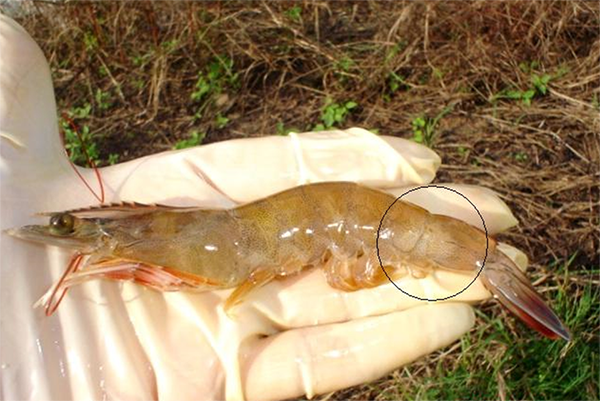
Health & Welfare
An update on vibriosis, the major bacterial disease shrimp farmers face
Vibrios are undoubtedly the foremost cause of bacterial disease outbreaks in farmed shrimp, but the significant role of stressors is often ignored.
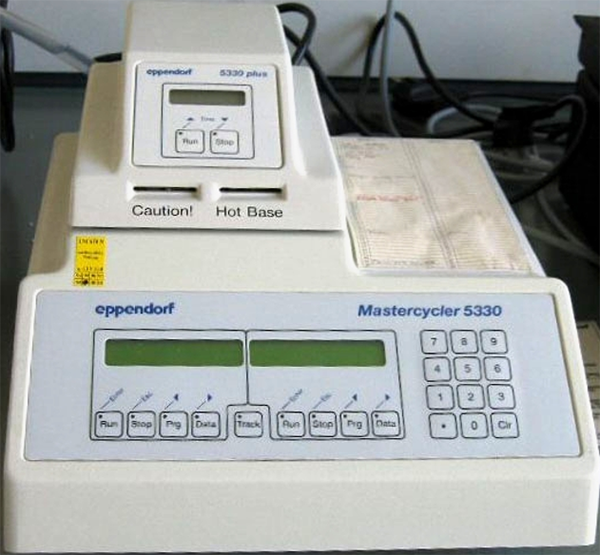
Health & Welfare
Improper use of PCR causes more harm than good
PCR testing is a valuable tool for detecting pathogens, when done correctly, but relying on it solely is not consistent with adequate biosecurity.
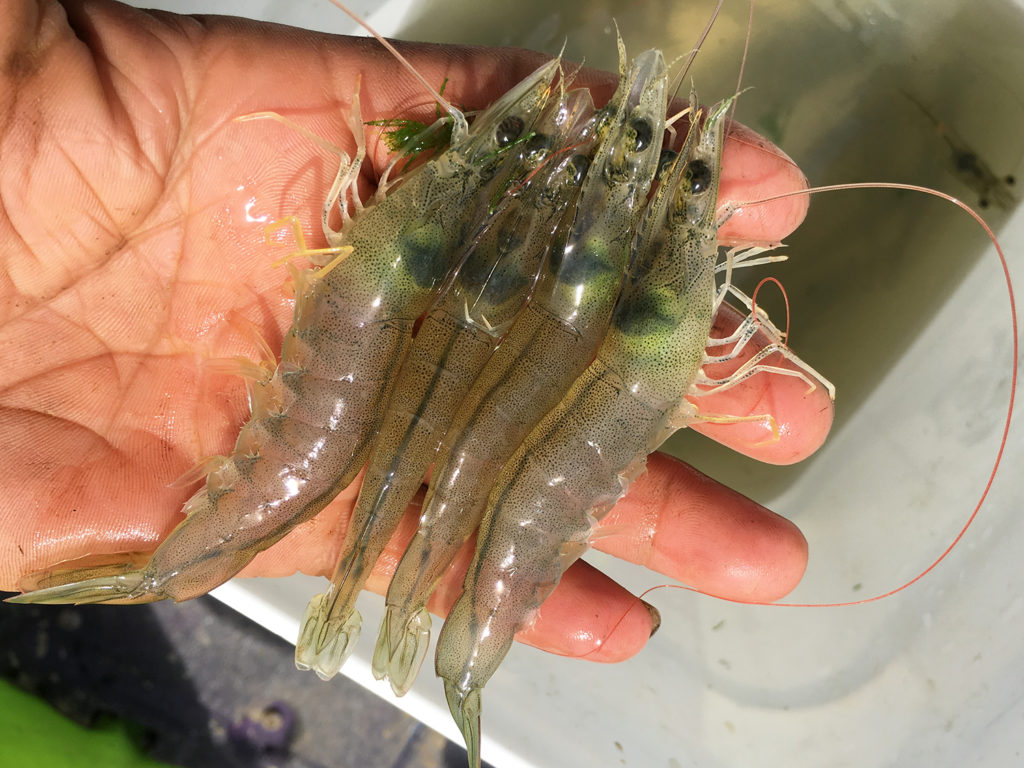
Health & Welfare
Effect of a commercial parabiotic on shrimp production
This article presents lab and field test results for a proprietary parabiotic on Pacific white shrimp farms in Latin America and Southeast Asia.
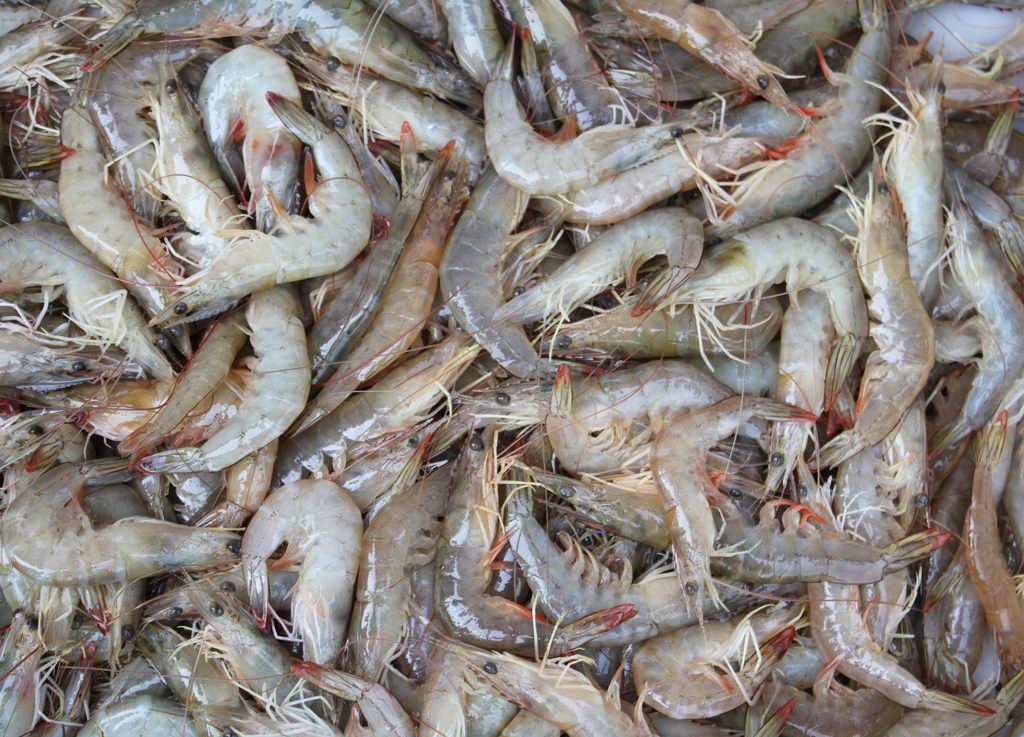
Health & Welfare
Why are antibiotic residues in farmed shrimp a big deal?
Antibiotic residues in farmed shrimp, and antimicrobial resistance in general, pose a threat, but we must balance what is realistic and what is ideal.



